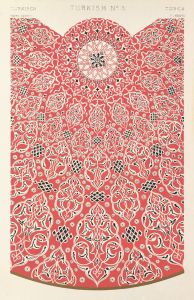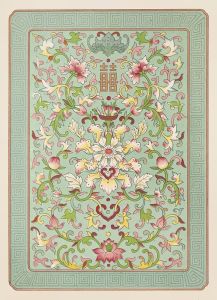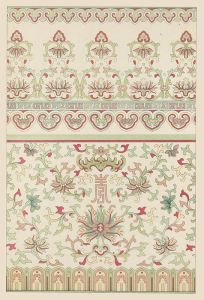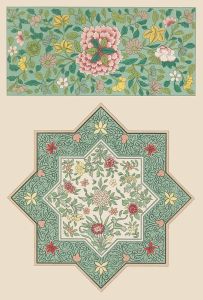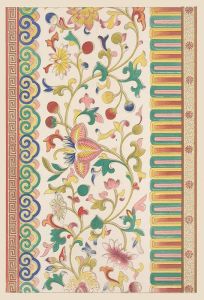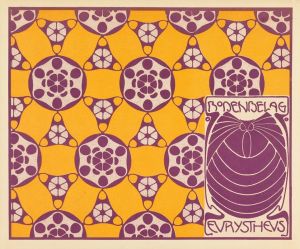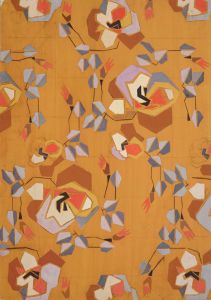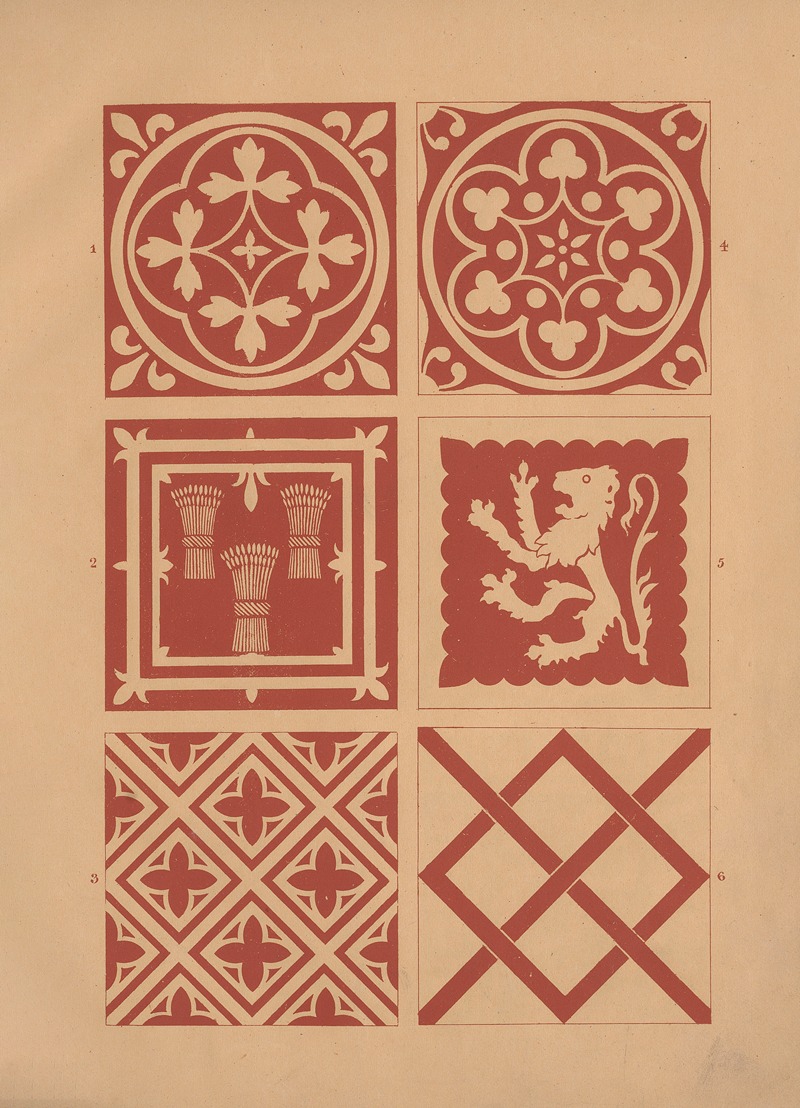
Examples of encaustic tiles Pl.01
A hand-painted replica of Owen Jones’s masterpiece Examples of encaustic tiles Pl.01, meticulously crafted by professional artists to capture the true essence of the original. Each piece is created with museum-quality canvas and rare mineral pigments, carefully painted by experienced artists with delicate brushstrokes and rich, layered colors to perfectly recreate the texture of the original artwork. Unlike machine-printed reproductions, this hand-painted version brings the painting to life, infused with the artist’s emotions and skill in every stroke. Whether for personal collection or home decoration, it instantly elevates the artistic atmosphere of any space.
"Examples of Encaustic Tiles Pl.01" is a design plate created by Owen Jones, a prominent British architect and designer of the 19th century. This work is part of Jones's influential publication The Grammar of Ornament, first published in 1856. The book is a comprehensive study of decorative arts and design principles, showcasing patterns and motifs from various cultures and historical periods. It aimed to serve as a resource for designers and architects, promoting the use of ornamentation based on historical and cultural precedents.
The plate specifically focuses on encaustic tiles, a type of ceramic tile that became popular in the medieval period and experienced a revival during the 19th century, particularly in Victorian Britain. Encaustic tiles are characterized by their intricate patterns, which are created by inlaying different colors of clay into the surface of the tile before firing. This technique ensures that the design remains durable and does not wear away over time. Such tiles were commonly used in churches, public buildings, and private homes, often for flooring and decorative wall applications.
In "Examples of Encaustic Tiles Pl.01," Jones presents a series of tile designs that reflect the geometric precision and ornamental richness typical of encaustic tiles. The patterns are symmetrical and often incorporate motifs inspired by Gothic and medieval art, which were highly valued during the Gothic Revival movement of the 19th century. Jones's work in this plate exemplifies his commitment to the principles of design harmony, balance, and the use of historical references.
Owen Jones was a key figure in the design reform movement of the Victorian era. He believed in the importance of studying and understanding historical and cultural ornamentation to create designs that were both functional and aesthetically pleasing. His work in The Grammar of Ornament was groundbreaking, as it provided a systematic approach to design and emphasized the universality of certain aesthetic principles across different cultures.
"Examples of Encaustic Tiles Pl.01" is not only a representation of Jones's design philosophy but also a valuable historical document that captures the 19th-century fascination with medieval craftsmanship and the revival of traditional decorative arts. The plate continues to be studied and appreciated for its artistic and historical significance, as well as its contribution to the field of design.





